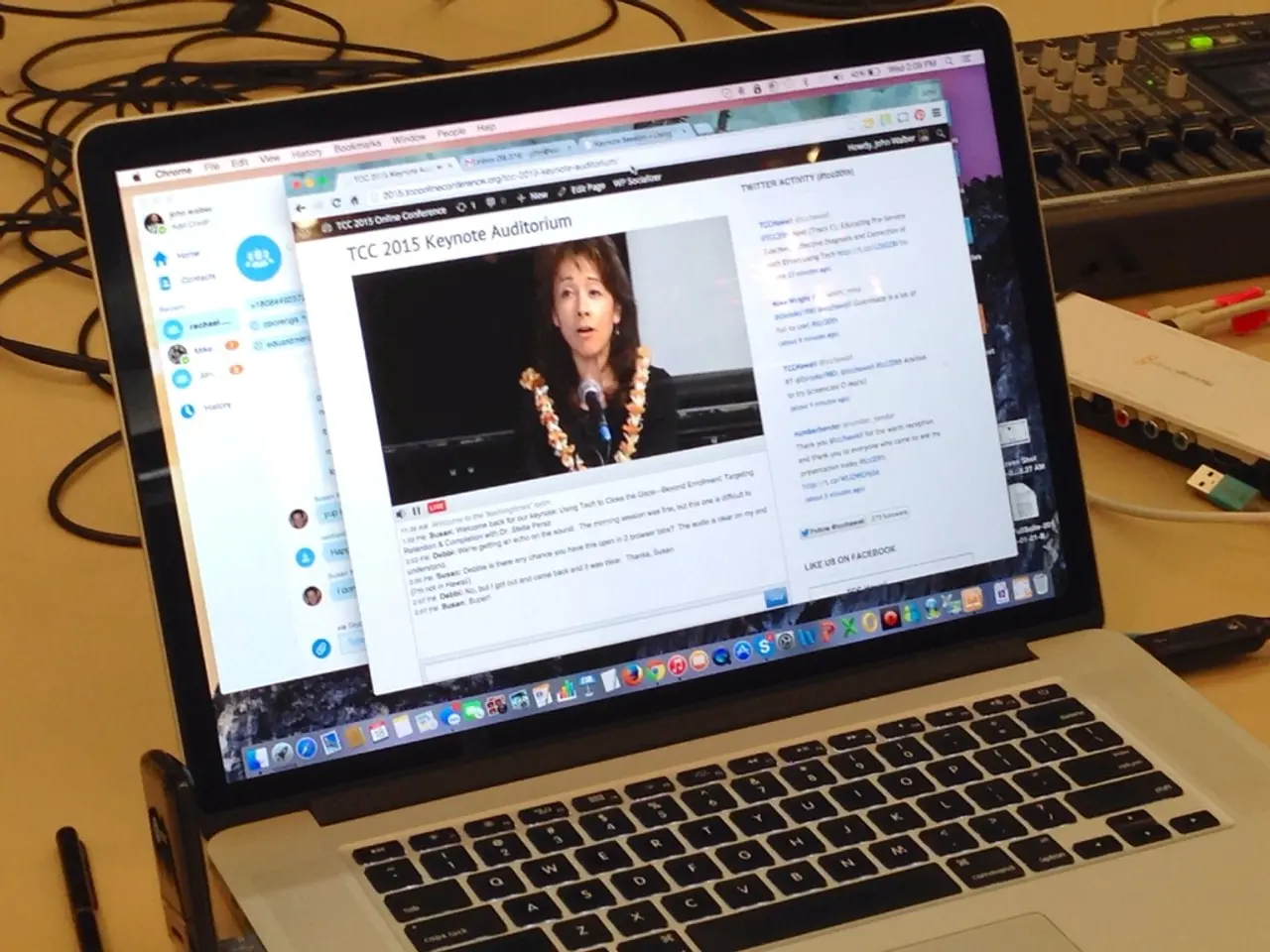A Cautiously Optimistic yet Turbulent Global Automotive Industry
Automotive sector sentiment persists at relatively low levels, despite positive anticipation surrounding potential future improvements - Automotive sector sentiment remains subdued, despite increased predictions of recovery
In the heart of 2025, the automotive industry finds itself in a precarious position, exhibitng a note of cautious optimism, yet grappling with challenges brought upon by global trade uncertainty and dynamic market trends.
The Current State of Affairs
Companies have rated their current situation at a dismal -36.4 points, a noticeable dip. However, the sub-index for business expectations improved slightly, edging down from -28.3 points to -27.8 points. Industry expert Anita Wölfl attributes this uncertain situation in global trade as the compounding factor amplifying the strain on global sales markets. Foreign signals remain too unclear to instill optimism. The indicator for export expectations took a noticeable hit.
Consumer Sentiment and Market Performance
Consumer sentiment has bounced back robustly in mid-2025, recording a 7.1% increase in May and further gains in June, signaling renewed optimism amidst past headwinds. This revival is driven by steady consumer spending growth and a decrease in jobless claims, fostering a positive economic outlook.
The retail vehicle market maintains stability, with used vehicle sales slightly outperforming new ones in early June. New vehicle sales demonstrate a slight dip below last year's levels, though they are bolstered by dealer incentives and smart pricing strategies.
In the U.S., new-vehicle sales slowed in June due to tariff-induced fluctuations during the spring. Nevertheless, the top five automakers (GM, Toyota, Ford, Hyundai, Honda) are experiencing market share gains, with GM surging double-digits and sales exceeding 1.4 million units in the first half of 2025. Smaller and specialized brands face a decline or stagnation in market share.
Global Trends and Export Expectations
Worldwide, light vehicle sales rose 6% year-over-year, with key markets like China and the U.S. posting impressive gains. The global selling rate is projected to hit 90.1 million units in 2025, an increase from 87.6 million units in 2024.
However, global trade uncertainties, including tariffs, influence purchasing behaviors and sales timing, as observed in the U.S. market where certain vehicle purchases have been hastened to sidestep expected price increases, impacting the sales pace for the remainder of the year.
The burgeoning shift towards electric vehicles (EVs) is reshaping export expectations, with worldwide EV adoption gathering pace. This transition could impact trade patterns and export focus towards EV-related technologies and vehicles. Despite challenges, major automakers are managing to retain or expand their market share, whereas smaller and niche manufacturers find it more difficult.
The Path Ahead
The industry's resilience in navigating shifting trade policies, consumer preferences, and the adoption of EVs will be crucial for sustaining growth in export markets. Financing conditions demonstrate signs of easing, which could indirectly benefit exports through increased demand stability.
In summary, the global automotive industry in mid-2025 faces complex conditions, with optimism underpinning consumer demand and sales, while trade uncertainties inject a note of caution into export expectations. The industry must adapt and respond to shifting trade policies, consumer preferences, and the shift towards EVs to maintain growth in export markets.
Despite an improvement in business expectations and robust consumer sentiment, the trend in the automotive industry remains low, influenced by global trade uncertainties and dynamic market trends. The financing conditions in the industry show signs of easing, which could potentially influence the stability of exports.




